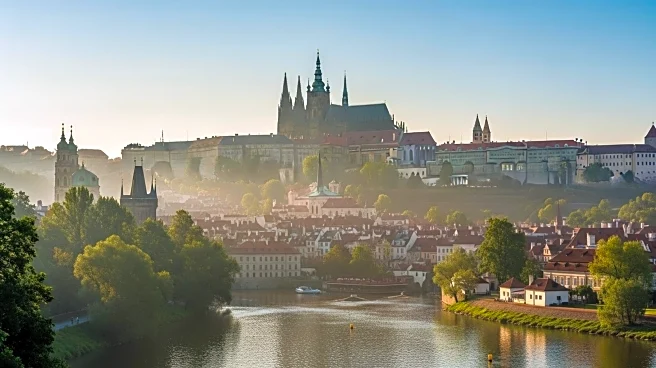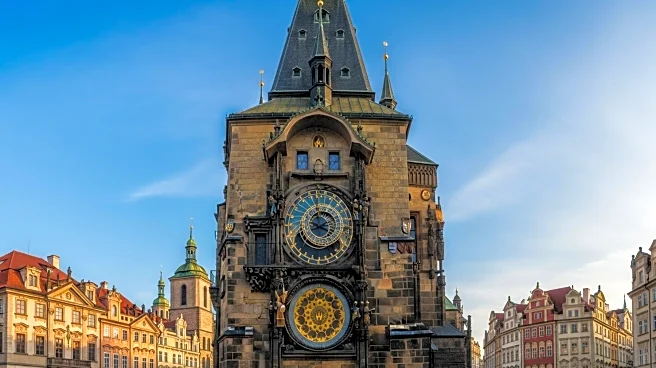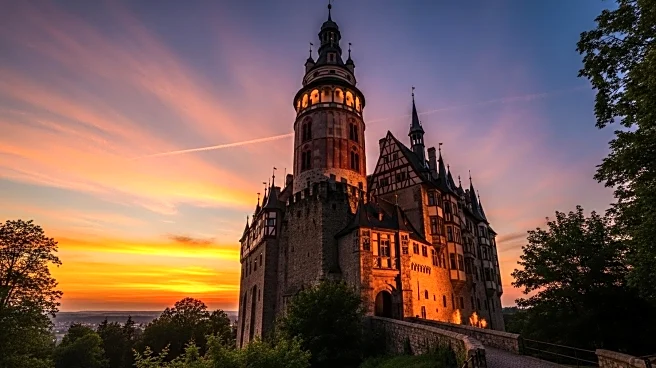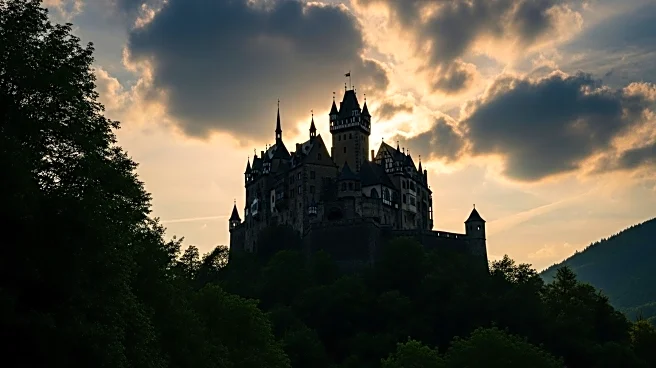Prague Castle, a historic complex in the Czech Republic, has a fascinating creation story that spans over a millennium. From its founding in the 9th century to its architectural evolution, the castle's creation reflects the changing political and cultural landscape of Europe. Its design and construction have shaped its role as a center of governance and cultural heritage.
Founding or Discovery
The founding of Prague Castle dates back to the late 9th century, when it was built as a fortified settlement. The first masonry under the castle was established by 885, marking the beginning of its architectural journey. The castle's strategic location in Prague made it a focal point for political power and cultural development.
Key Contributors
Key contributors to the castle's creation include architects Matthias of Arras and Peter Parler, who played significant roles in its architectural evolution. Their contributions to the construction of St. Vitus Cathedral marked a pivotal moment in Gothic architecture, enhancing the castle's architectural significance.
Design or Method
The design of Prague Castle reflects a blend of architectural styles, including Baroque and Mannerism. The construction of St. Vitus Cathedral within the castle complex showcases the evolution of Gothic architecture. These design elements highlight the castle's role in shaping architectural trends and cultural heritage.
Early Reception
The early reception of Prague Castle was marked by its strategic importance as a center of governance for Bohemian kings and Holy Roman emperors. Its architectural grandeur and historical significance made it a symbol of power and cultural heritage. The castle's role in significant historical events, such as World War II, underscores its enduring legacy and influence.
 Discover Daily • 8 min read
Discover Daily • 8 min read 








